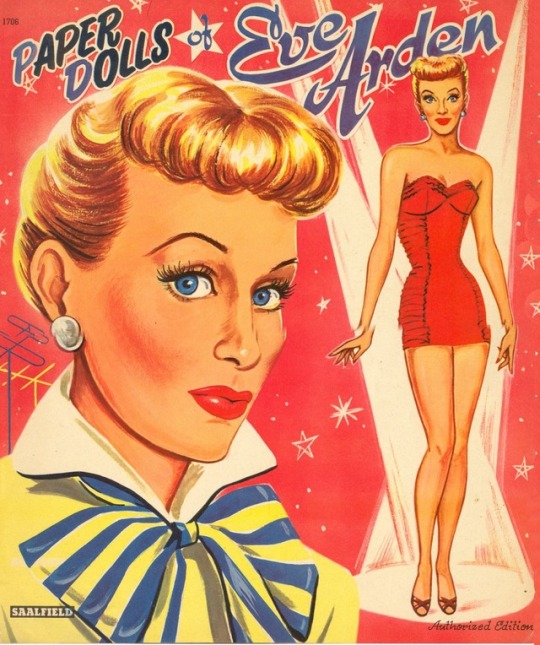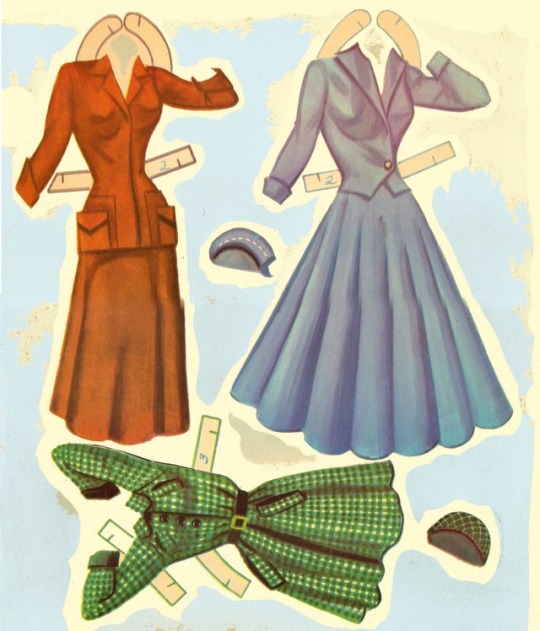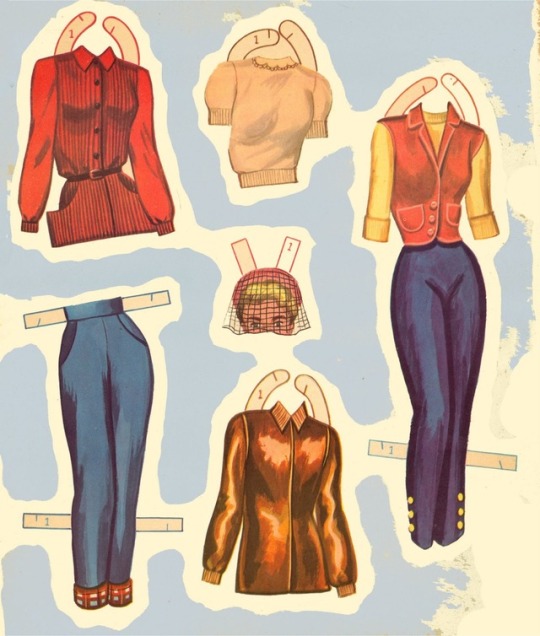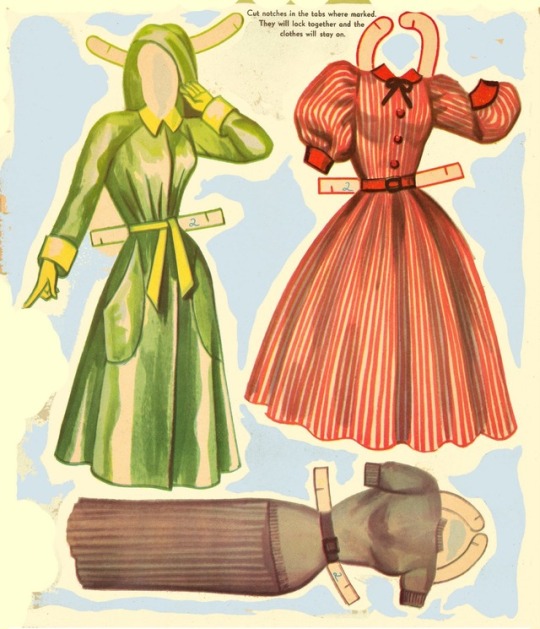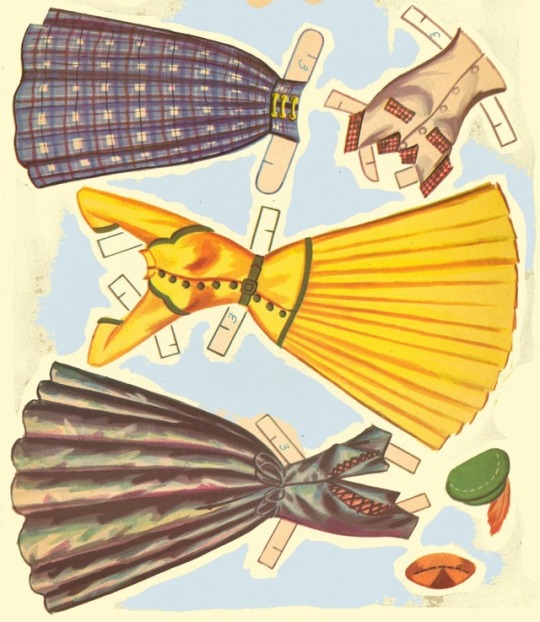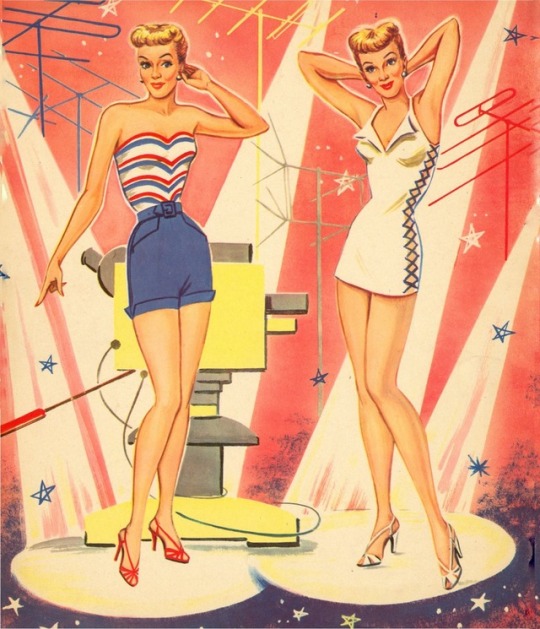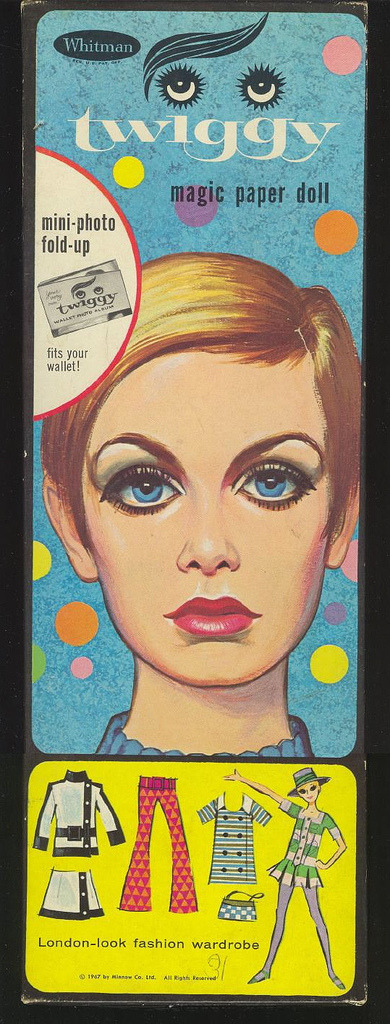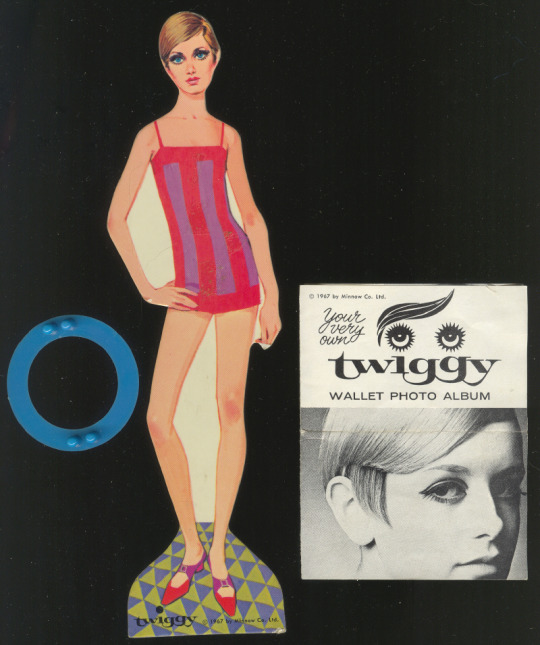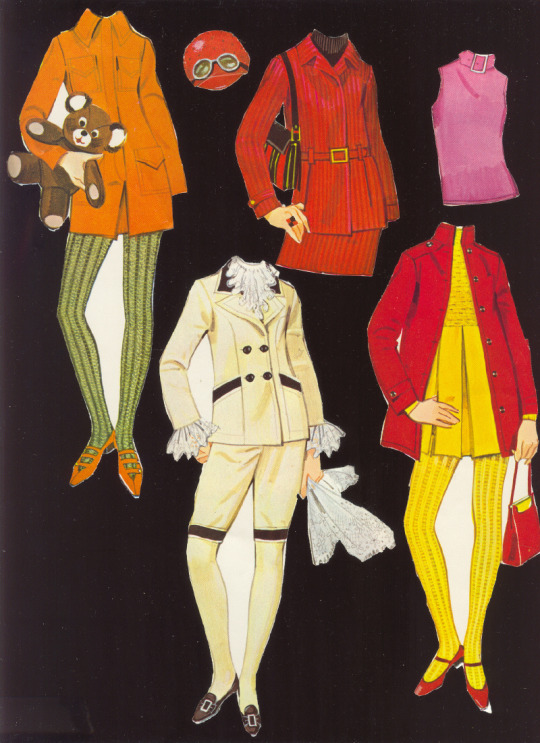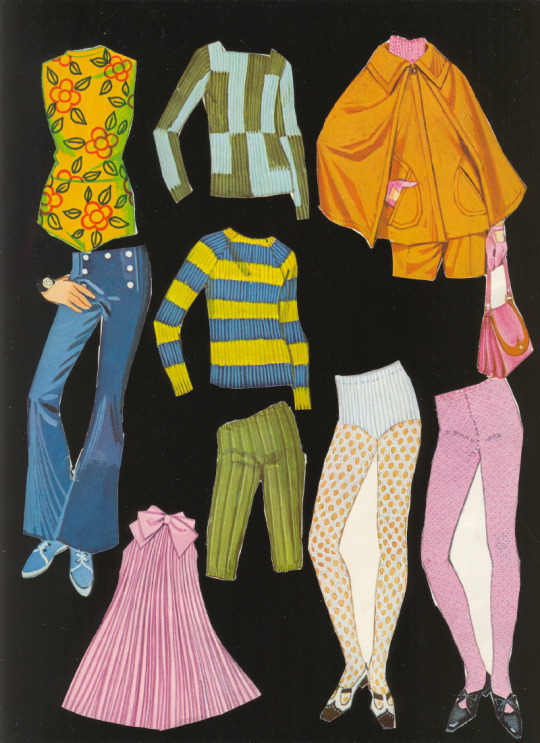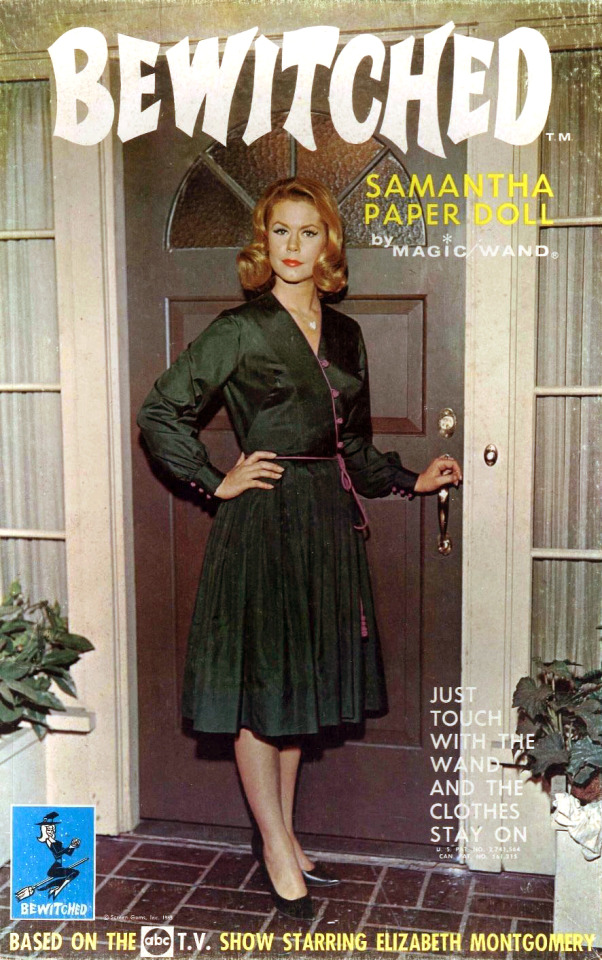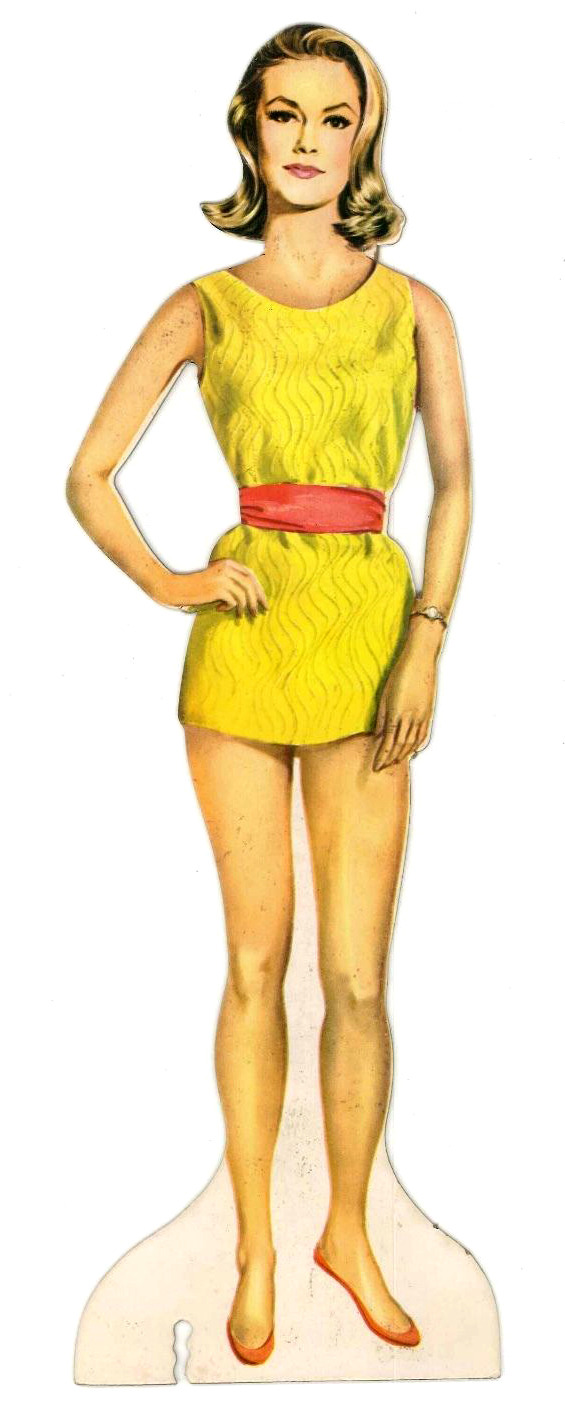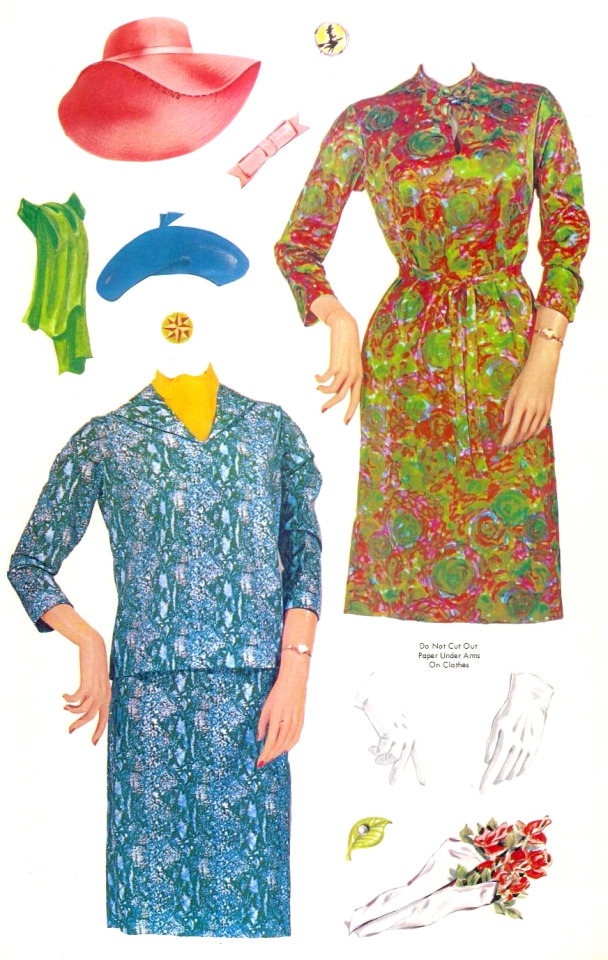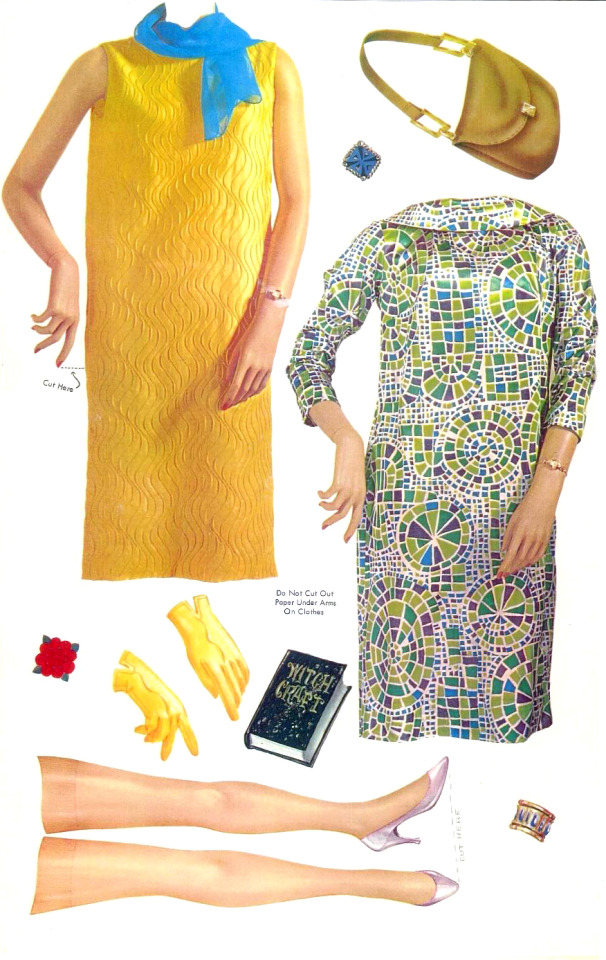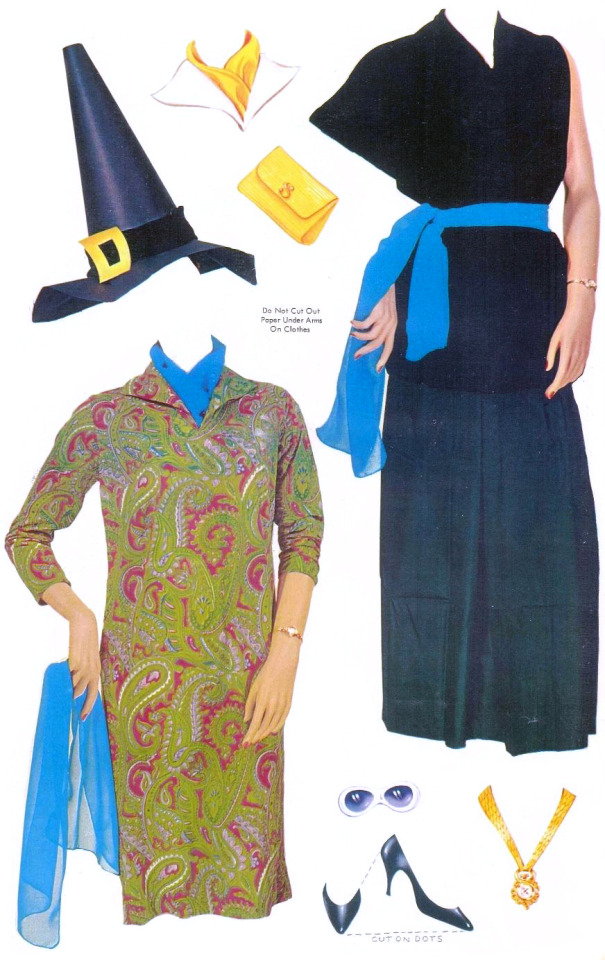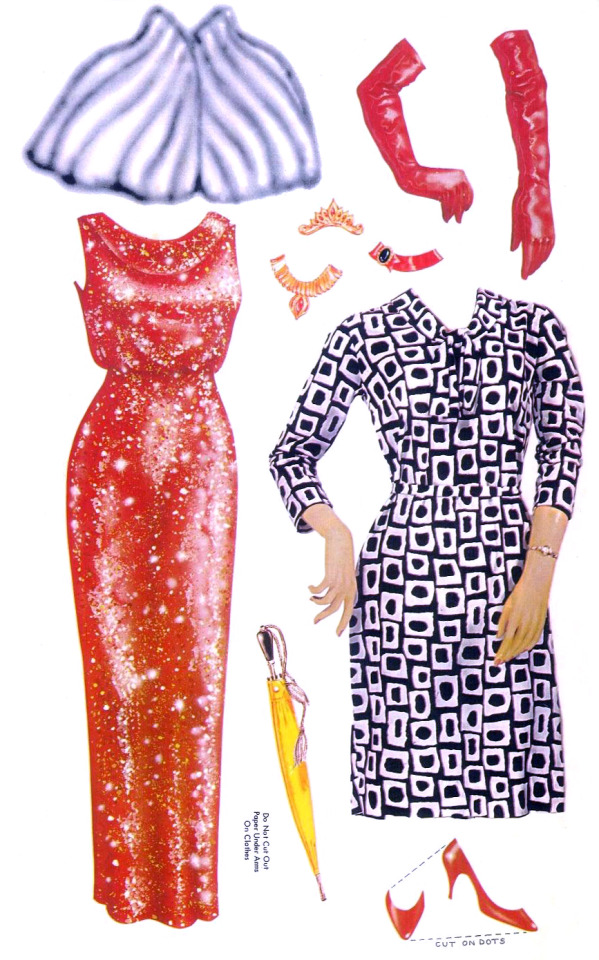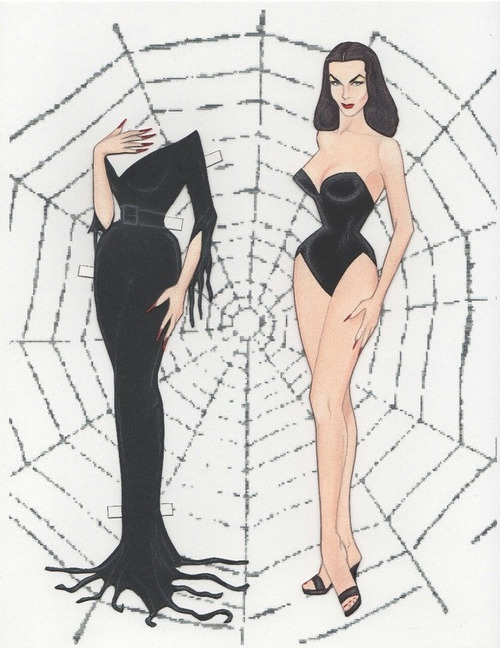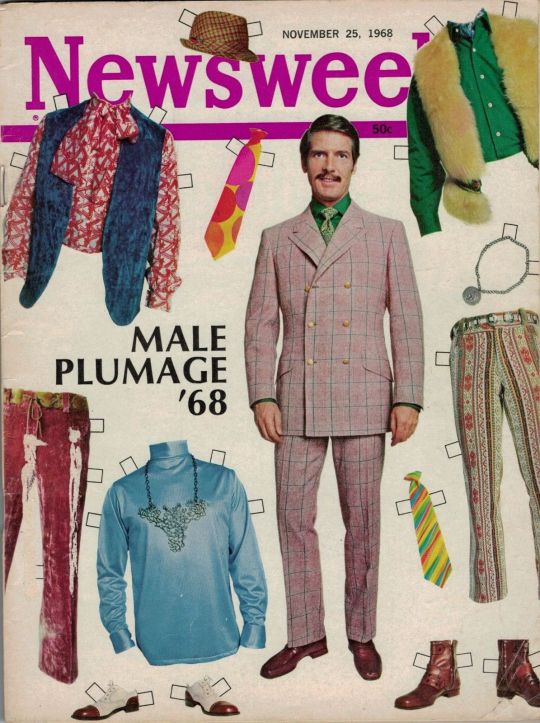Don't wanna be here? Send us removal request.
Photo
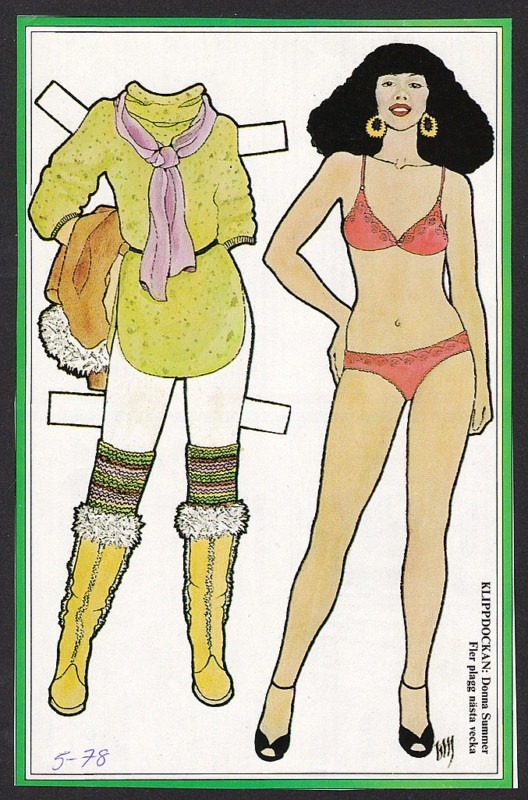
Donna Summer Rare Vintage 1970s
201 notes
·
View notes
Photo

Vincent Price -Paper doll
44 notes
·
View notes
Photo
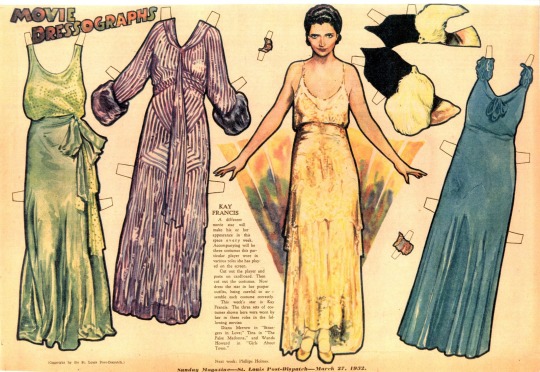
Movie Dressograph newspaper paper doll of Kay Francis, from the St. Louis Dispatch dated March 27, 1932.
1 note
·
View note
Photo

Bessie Smith paper doll from the Tom Tierney book, “Great Black Entertainers”.
227 notes
·
View notes
Photo
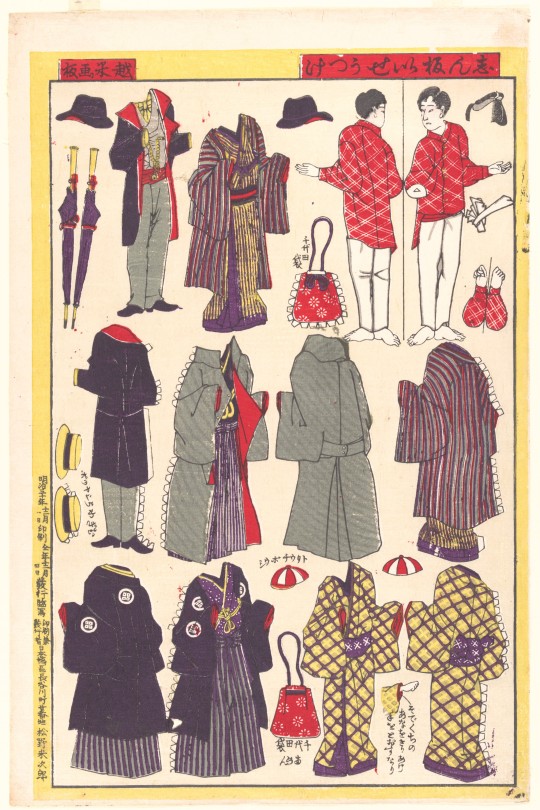
Paper Doll Clothing
1897–98
Metropolitan Museum of Art
570 notes
·
View notes
Photo
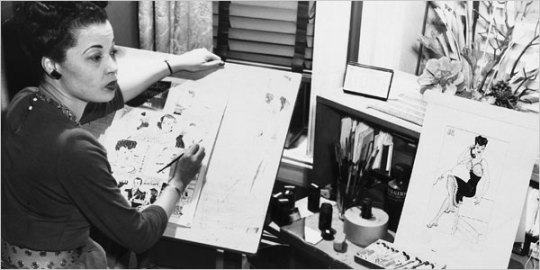
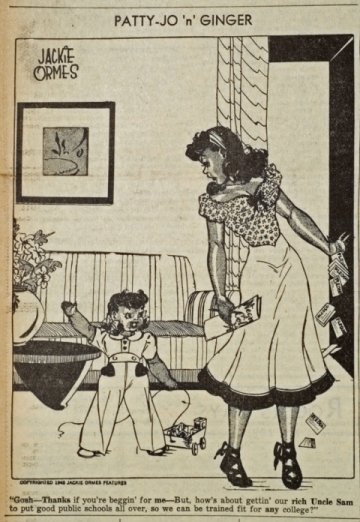
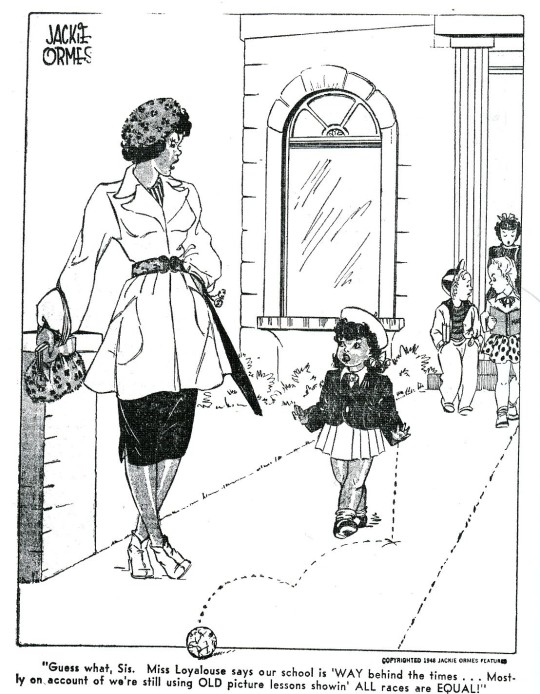
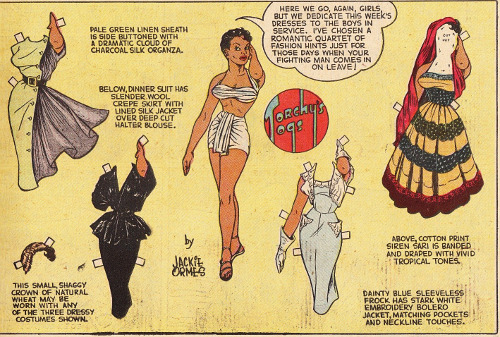
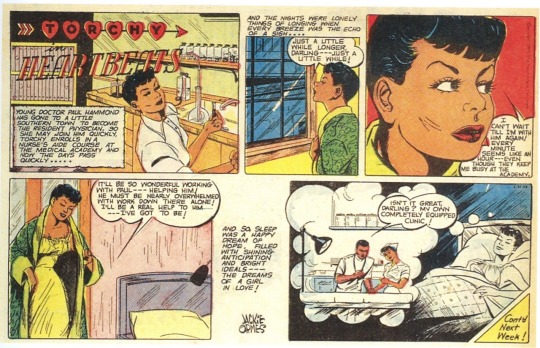
You’ve probably never heard of Jackie Ormes and that’s a goddamn tragedy. But it’s not surprising—there is no “Jackie Ormes Omnibus" available on Amazon.com, no “Collected Patty-Jo ‘n’ Ginger,“ no “Essential Torchy Brown.” She won no awards, can be found in no hall of fame, and is usually treated as “an interesting find" by comic historians. She’s become a curio, a funny little facet of history, undiscovered, even, by today’s wave of geek-oriented feminism.
Jackie Ormes was the first African-American woman cartoonist. Yeah. That’s who we’re ignoring. Her work for the Pittsburgh Courier and the Chicago Defender—both incredibly influential African-American newspapers—was utterly groundbreaking and remains unique, even in the context of modern comics. Her first work, Torchy Brown in Dixie to Harlem, featured the adventures of the titular Torchy, a stylish, intelligent young African-American woman who (feigning illiteracy) boards a whites-only train car to New York City and changes her life. Torchy’s story is a great, irreverent window into the migration of Southern-born African-Americans to the North, a movement that defined 20th-century America—but it is also the story of a girl on her own, living her own life and making her own choices. Torchy was an incredible aspirational figure, the likes of which barley exists in modern comics: an independent, optimistic, fashionable and adventurous black woman. Ormes would later revive Torchy’s story in Torchy in Heartbeats, a strip that introduced international adventure into the heroine’s life. In Heartbeats, Torchy traveled to South America, dated idealistic doctors, battled environmental exploitation and confronted racism at every turn. She was, frankly, awesome.
And then there was Patty-Jo ‘n’ Ginger, her most successful and longest-running work. Patty-Jo ‘n’ Ginger was a single panel gag strip, like Family Circus—an illustration with a caption beneath it. Ginger was a beautiful, stylish young woman always accompanied by her little sister Patty-Jo, a clear-eyed, sardonic kid who spent most strips calling out the bullshit they endured on a daily basis as black women. Ormes’ talents shine through especially well in these little stories: her canny wit, the absolutely gorgeous clothes she drew her women in (seen also in her Torchy Togs paper dolls) and her skillful, succinct way of imparting to the reader just how goddamn stupid our society can be about gender and race. Patty-Jo is never shamed or taken down a peg for being an intelligent, outspoken little girl—in fact, she was made into a highly popular doll that wasn’t an obnoxious Topsy-style stereotype. She preceded Daria, Emily the Strange, Lian Harper, all those wry little girls we celebrate today—and yet, I see her on no t-shirts, can find her in no libraries. Patty-Jo is celebrated only in doll-collecting circles at this point, as the cute little symbol of a bygone age.
At Jackie Ormes’ height as a cartoonist, her work reached one million people per week. In the 1940s and 1950s, she reached one million people per week. She didn’t just surpass barriers—she leapt merrily over them. She introduced the general populace to a voice that had always existed, but was seldom heard—a voice that is still smothered today. She created African-American women who unapologetically enjoyed glamour, who pioneered their own futures, who refused to keep silent about the walls they found themselves scraping against every day. I haven’t even covered the half of it: Ormes was also an avid doll collector, served on the founding board of directors of the DuSable Museum of African-American history, and was targeted by the McCarthy-led witchhunts of the 1950s. Remember Jackie Ormes. Celebrate Jackie Ormes. Visit The Ormes Society and support the essential work they do. Keep her memory alive so that we may enjoy a million more Torchys and Patty-Jos in our comics—instead of the paltry handful we are offered today. (First in a series on women in the comics industry.)
30K notes
·
View notes
Photo
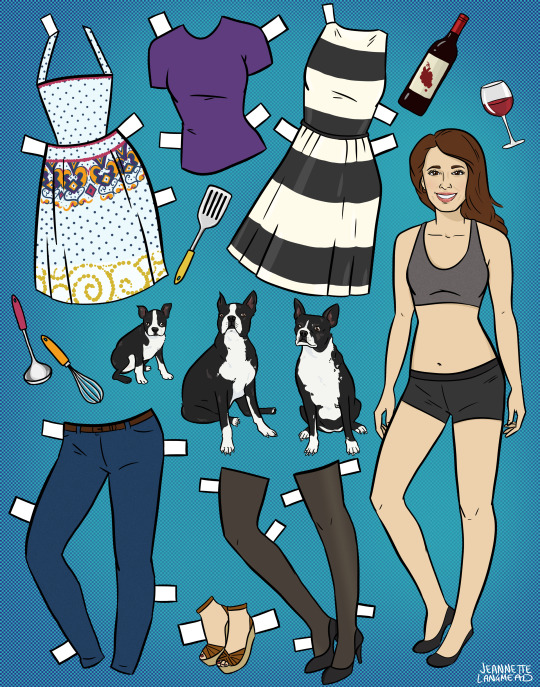
My latest paper doll commission was for a woman with three Boston Terriers named Ping, Pong, & Ball.
4 notes
·
View notes
Photo
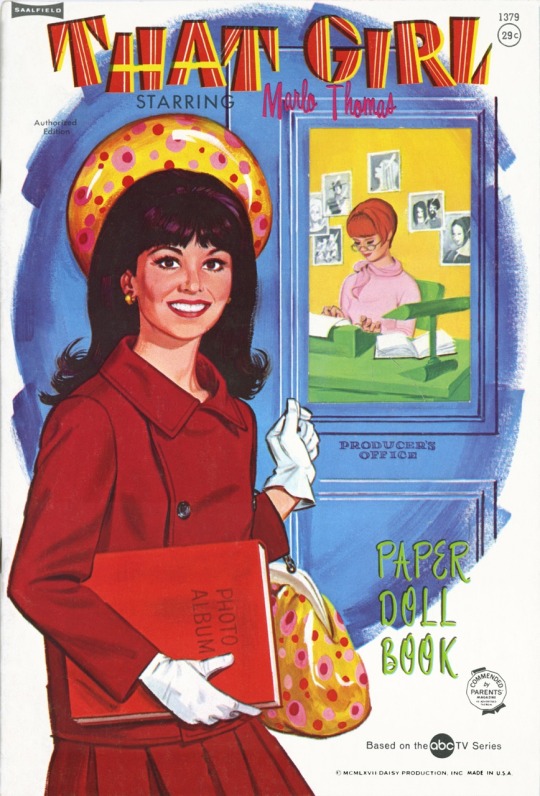
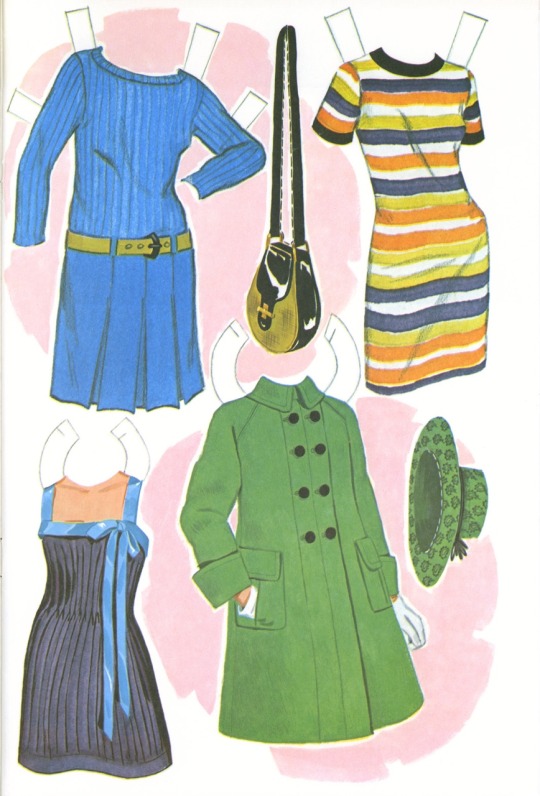
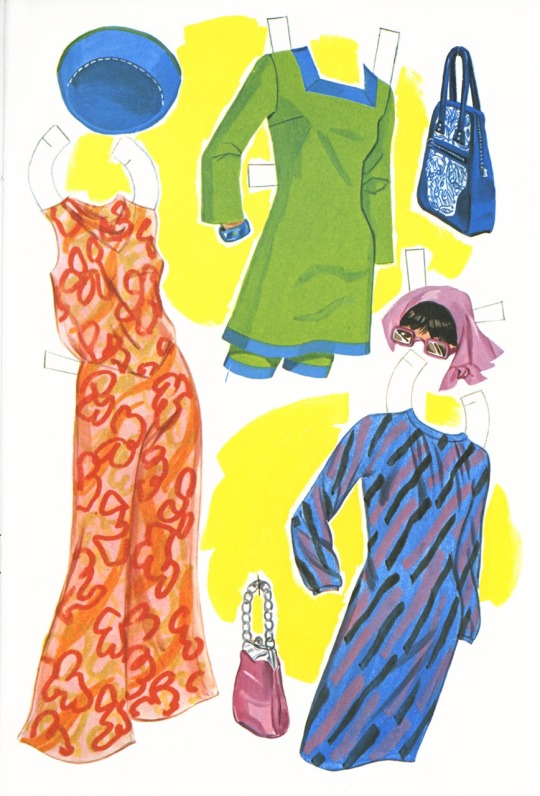
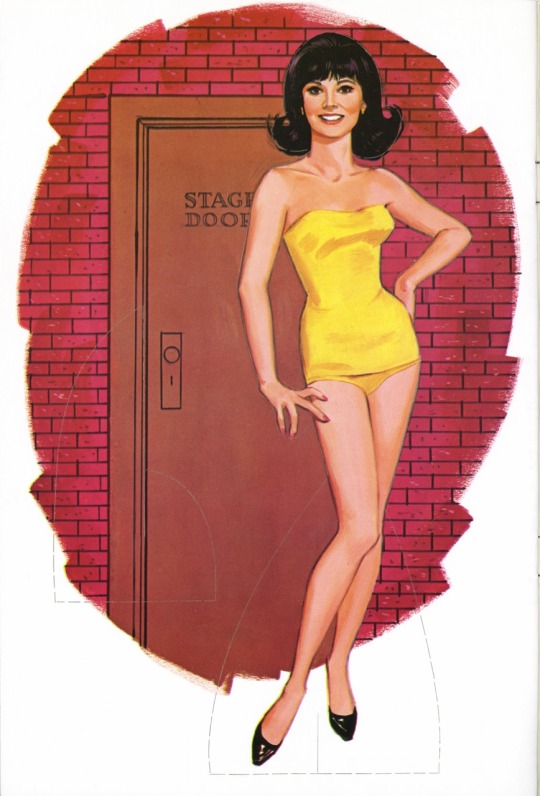
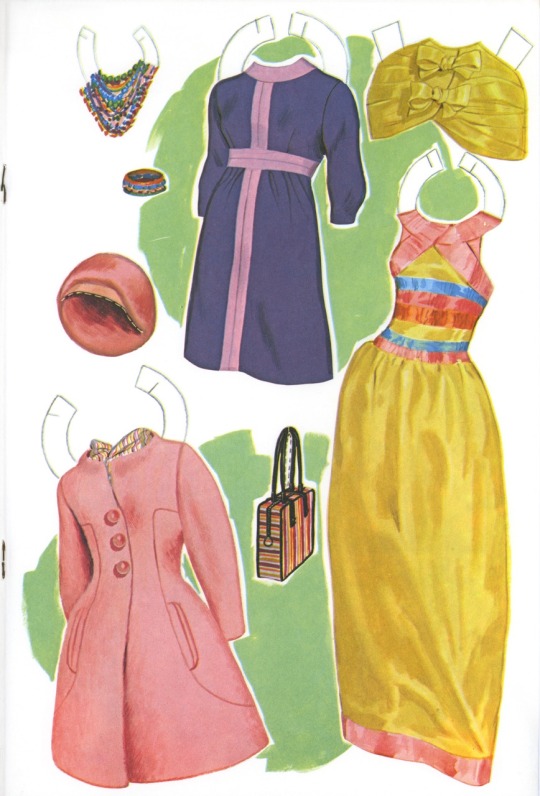
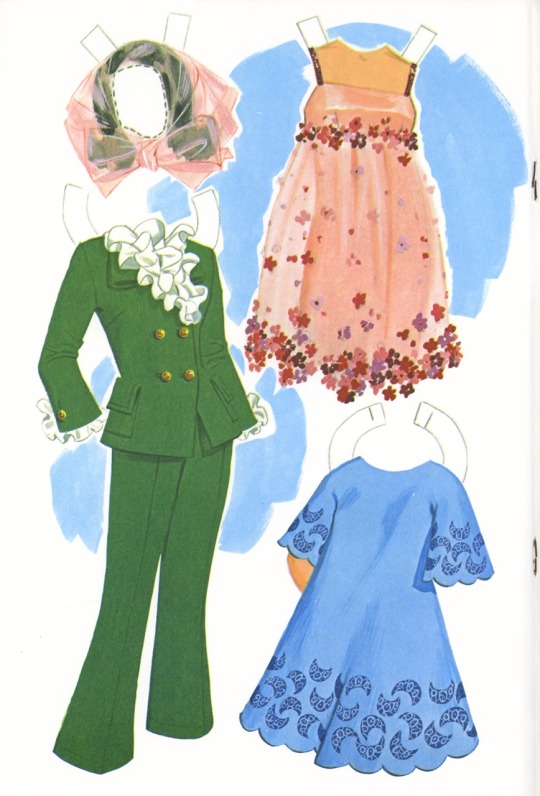
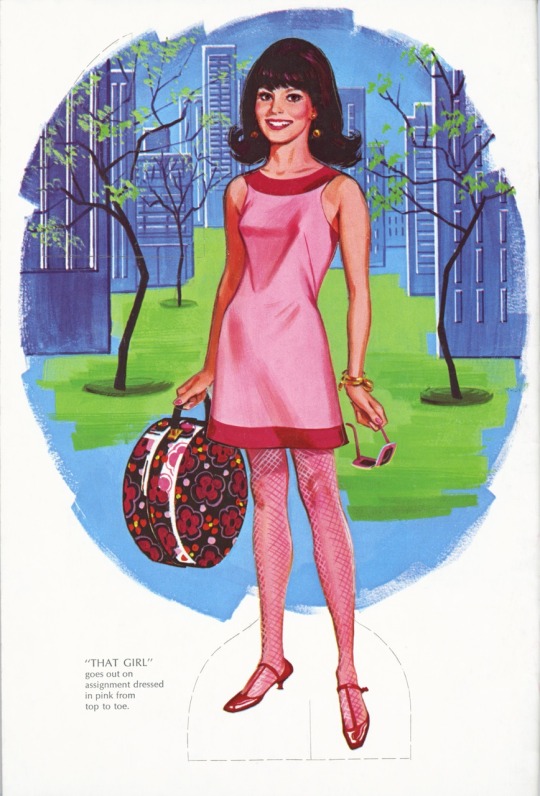
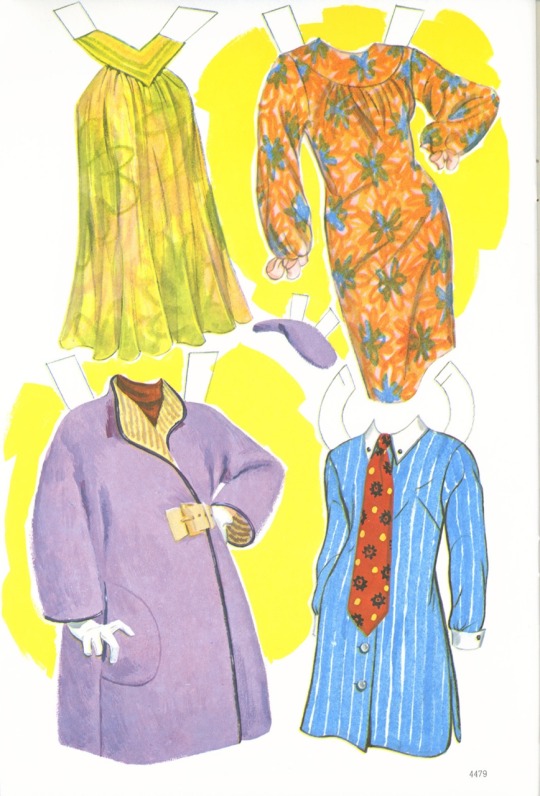
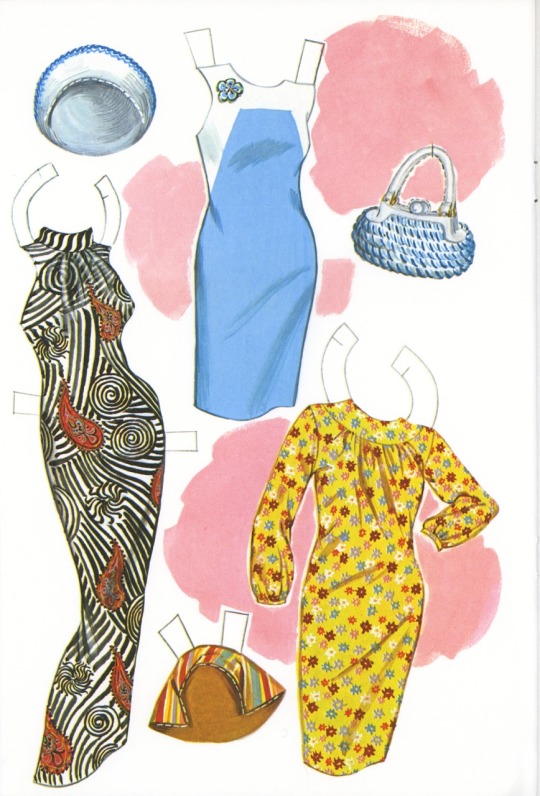
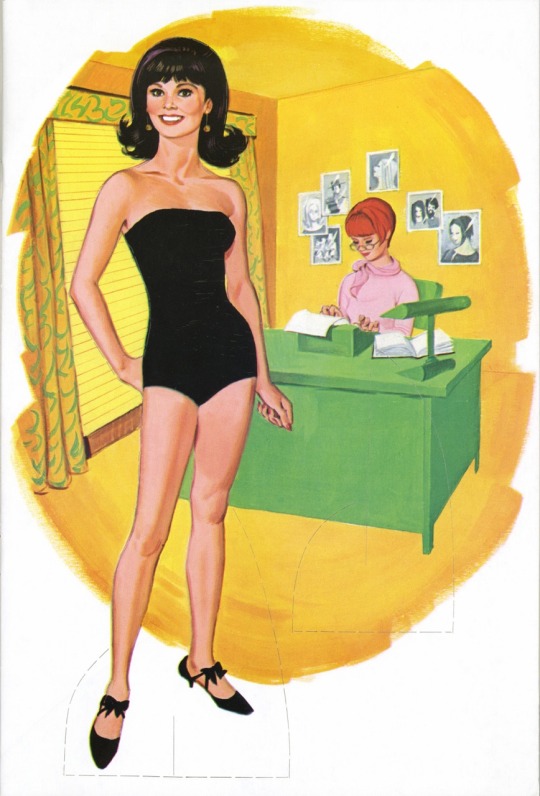
Marlo Thomas, daughter of entertainer Danny Thomas, established her own fame by starring the the ABC series “That Girl” for 5 seasons (1966-1971).
After the series ended she developed a series of children’s books, records and TV special called “Free to be … me and you” for which she won several awards.
After her father’s death she took the lead in promoting his charity in support of the St. Jude Children’s research hospital.
18 notes
·
View notes
Photo
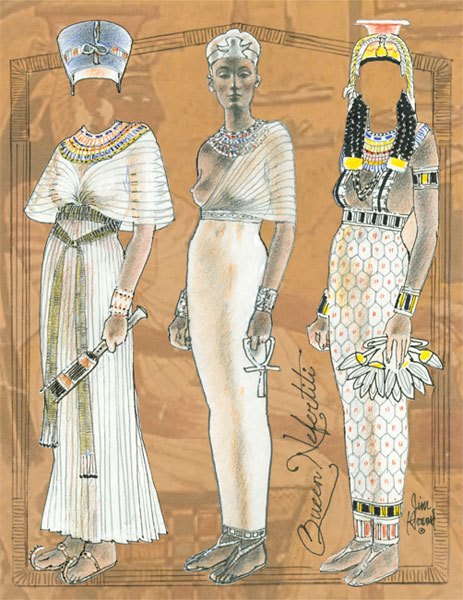
Queen Nefertiti - Jim Howard
59 notes
·
View notes
Photo
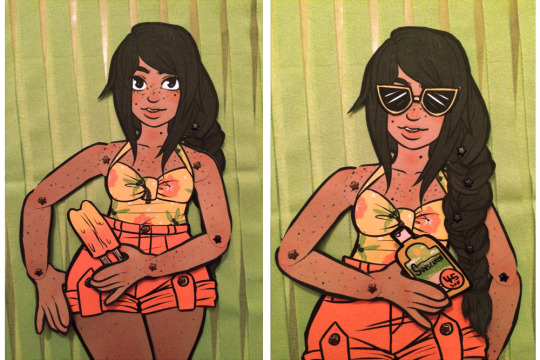
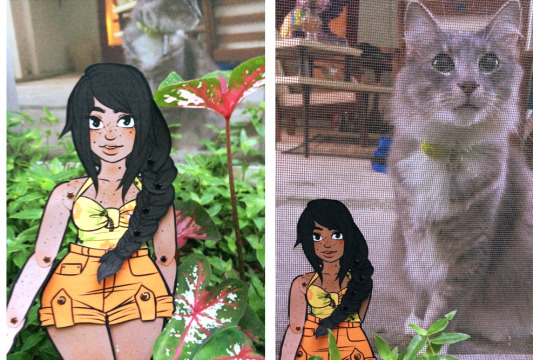
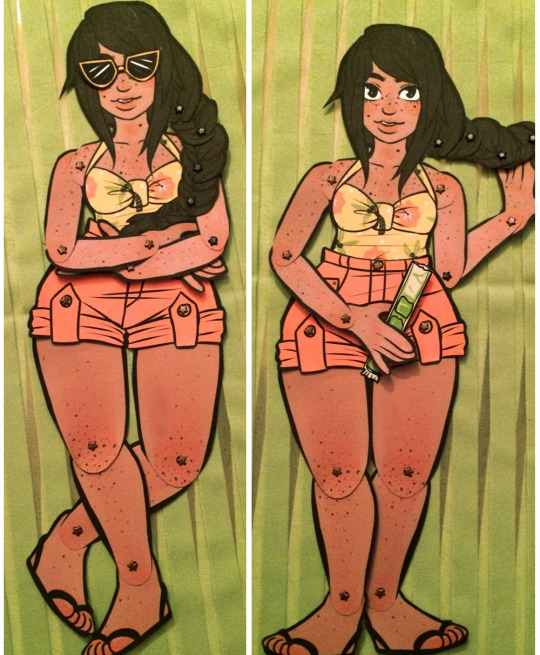
I made a paper doll of Ashlyn last night, after the stream! UwU
I’ve been thinking about offering custom paper dolls to mail out… idk if people would be interested tho.
21 notes
·
View notes
Photo
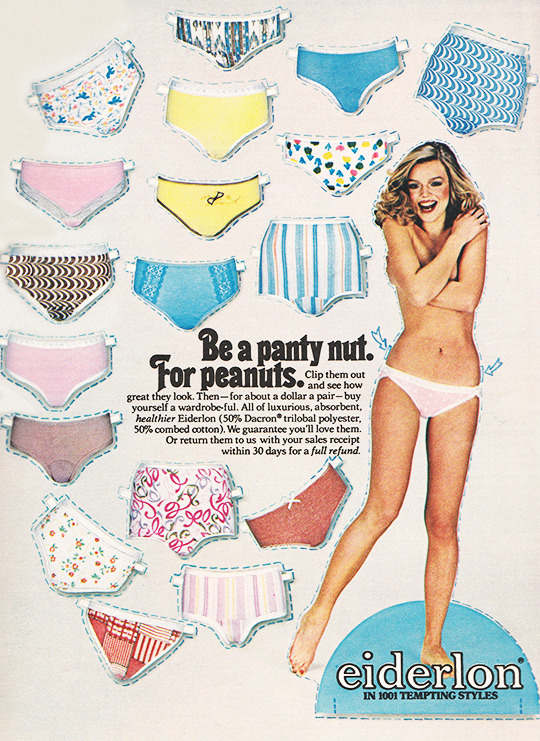
April 1978. ‘Clip them out and see how great they look. Then – for about a dollar a pair – buy yourself a wardrobe-ful.“ (1978)
250 notes
·
View notes
Video
youtube
The National Museum of Toys and Miniatures has an exhibition titled, “Stereotypes to Civil Rights: Black Paper Dolls in America”. The entire show features pieces from Arabella Grayson’s private collection. The show will be ending on August 21, 2016.
0 notes
